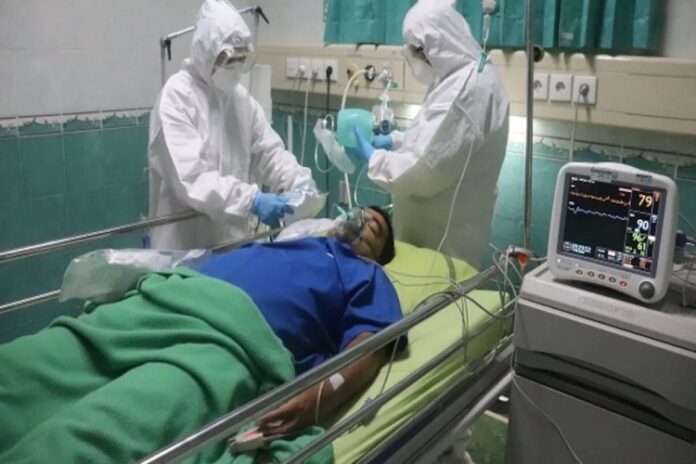There are millions of known fungi species, but only a few hundred can cause human infections. Thankfully, most fungal infections are relatively minor. However, some fungi can be very dangerous or deadly.
Living with a fungal infection is uncomfortable. They become very itchy and occasionally painful. What’s worse, fungal infections are very contagious, so infected people must limit where they go and what they do.
Fortunately, curing fungal infections is typically pretty easy. With the right ointment or medicine, the condition will clear up in a few days or weeks. In addition, keeping the area dry and clean will prevent the infection from growing or spreading.
If you or someone you know has a fungal infection, here are some ways to treat it and prevent it from spreading to others.
How Fungal Infections Happen
Fungi are everywhere. They live in dirt, wet surfaces, plants, and fruit. Some even live on your skin. Under the right conditions, however, a fungus can multiply much faster, leading to infections via a cut on the skin.
People with cuts or otherwise exposed skin face higher risks of a fungal infection in places where fungi thrive. Usually, warm and humid environments are perfect for fungi to grow faster and get into open skin.
Places like gyms, public showers, and schools have elevated infection risks because there are a lot of people around, and it’s hard to mitigate the spread of fungi.
Common Types of Fungal Infections
The most common types of fungal infections include athlete’s foot and ringworm. With athlete’s foot, the infection usually happens on the toes or upper area of the foot. When people wear wet socks or shoes for too long, fungi can get inside the skin. Infections are itchy, and the skin becomes swollen and irritated.
Ringworm is another common type of infection that’s incredibly contagious. Most of the time, ringworm is passed around in gyms where athletes touch each other. Places like wrestling gyms and martial arts studios often struggle with frequent ringworm breakouts. What starts as a small red circle can quickly become sores all over the body, spreading to people around the original patient.
Fungal Infection Symptoms
Itchiness, redness, and slight swelling are the more frequently-reported symptoms of fungal infections. However, other symptoms include:
Scaly Skin
Flaky Skin
Burning Sensations
Stinging
Cracked Skin
Blisters
Often, with ringworm or jock itch, the edges of the fungal infection are slightly raised and swollen. It can also take on a darker color than the middle or insides of the rash.
Curing Fungal Infections
Early detection and treatment make getting rid of fungal infections much easier. The sooner you act, the faster it will go away. However, there are things you can do to reduce symptoms and accelerate healing times.
Keep the area dry – Fungi thrive in moisture, so you should do your best to keep your feet, arms, or other infected areas dry. Change your socks and clothes if they’re wet.
Apply ointments – Some fungal infections should be treated with creams you can buy online or in your local pharmacy. Follow the instructions for the best possible results.
Avoid contact with other people – Stop exercising or using communal areas with exposed fungal infections.
Talk to a doctor – If the symptoms persist or are especially painful, make an appointment with a dermatologist who can prescribe more potent ointments or antibiotics to treat the infection. They can also walk you through a treatment protocol that will ease symptoms and lead to faster healing. This is particularly important for people with compromised immune systems because they may need something stronger to get rid of the infection.
Don’t Sweat – Try your best not to over-exert yourself. This will prevent sweater and moisture buildup in infected areas.
Peptides & Fungal Infections
Peptides are short chains of amino acids with specific biological uses. For example, the peptide PT-141 binds to melanocortin receptors in the body for various reasons. In animal models, test subjects given PT-141 saw better inflammation reduction and control results. This can be important in the fight against inflamed fungal infections. In addition, PT-141 binds to MC5R, which regulates oil production on the skin to control the inflammatory response.
Fighting fungal infections takes patience and the right tools. However, the right treatments will resolve most fungal infections in days or about a week.














